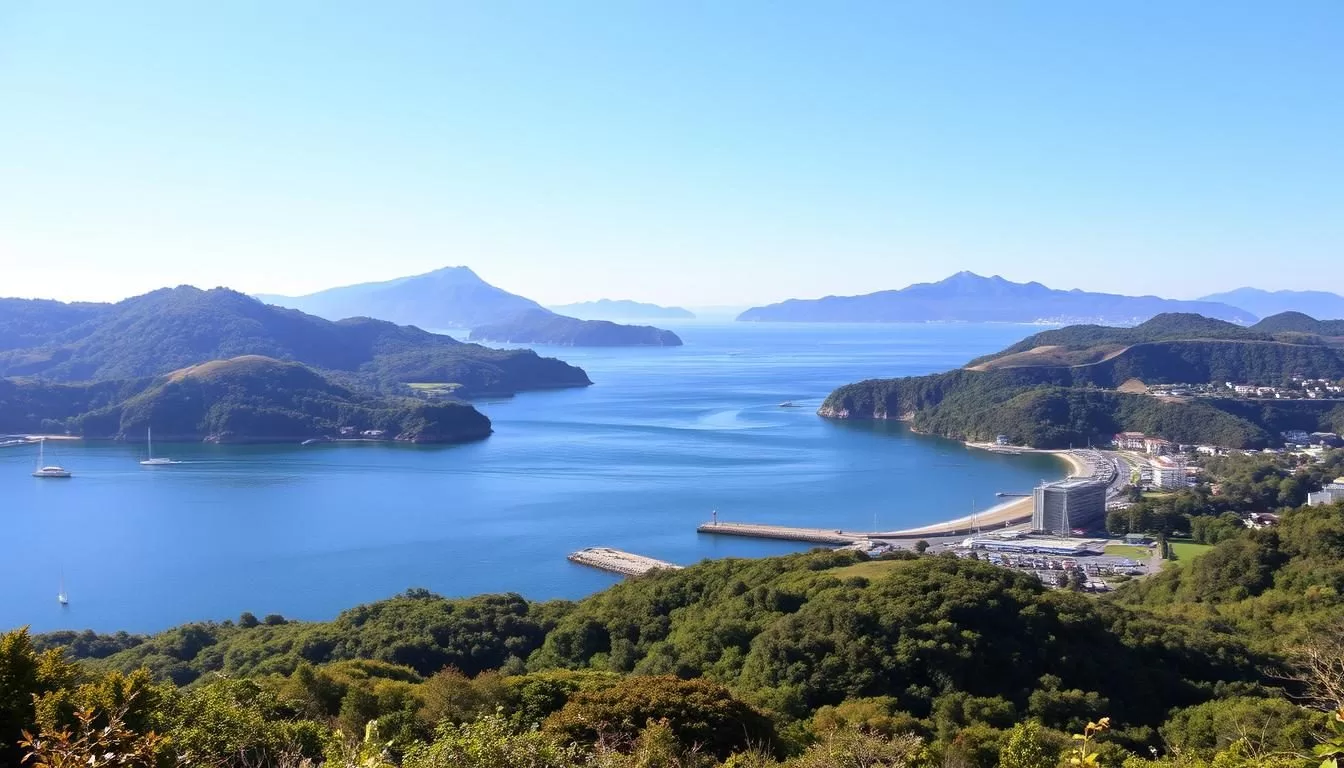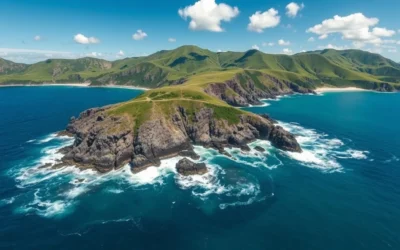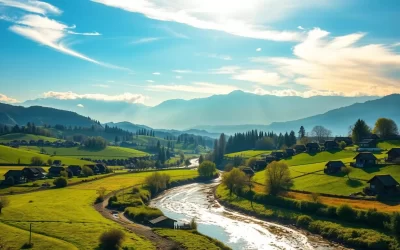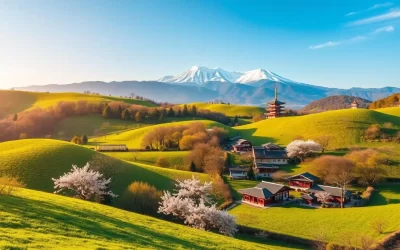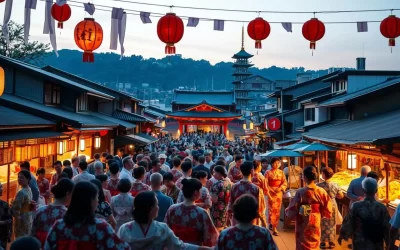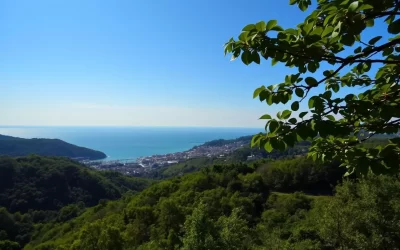Discover the hidden gem of Shimoshima, the largest island in the Amakusa archipelago, located about 60 kilometers southwest of Kumamoto City in western Kyushu. This remote and rural island boasts stunning natural scenery, rich history, and authentic cultural experiences.
As you explore Shimoshima, you’ll find an island that remains relatively untouched by mass tourism, offering a genuine glimpse into rural Japanese life. The diverse landscapes, from pristine beaches to dramatic coastal cliffs, make it a paradise for nature lovers and photographers. With its unique geography and fascinating Christian heritage, Shimoshima provides a refreshing escape from Japan’s bustling tourist centers.
You’ll encounter hidden churches, museums, and local delicacies, making your visit a memorable adventure. Whether you’re planning a day trip or a longer stay, this comprehensive guide will walk you through the top experiences that Shimoshima has to offer.
Discovering Shimoshima Island’s Natural Beauty
Shimoshima Island’s diverse natural beauty is a treasure trove for travelers. From its pristine beaches to its scenic coastal drives, the island offers a myriad of experiences that connect you with nature.
Wakamiya Beach and Coastal Camping
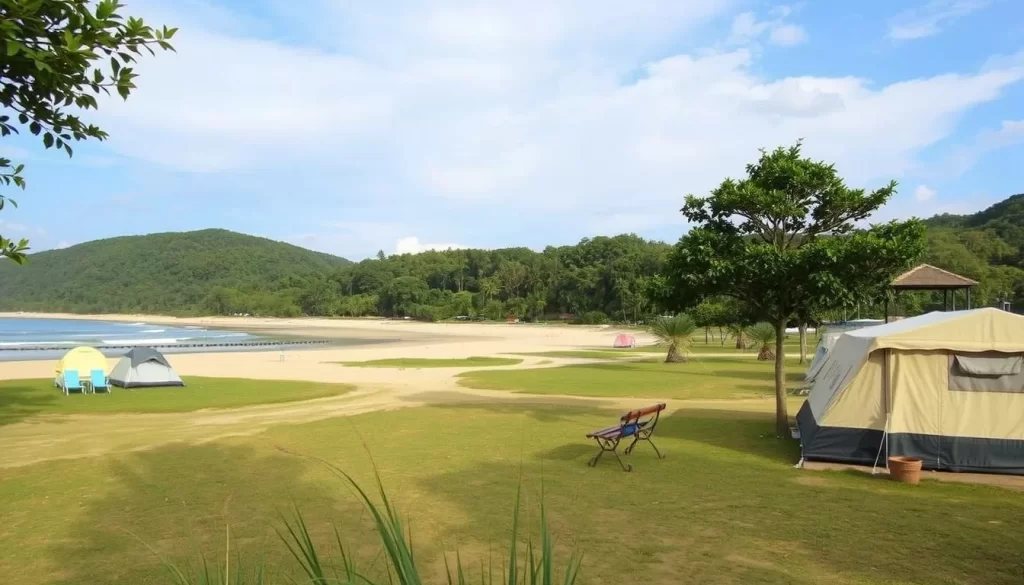
Wakamiya Beach is a must-visit destination for those who love the ocean and camping. The beach offers a serene environment with crystal-clear waters, making it perfect for a relaxing getaway. You can enjoy camping under the stars, with the sound of the waves as your lullaby.
Dolphin Watching in the Amakusa Waters

The waters around Shimoshima Island are home to dolphins, offering a thrilling experience for wildlife enthusiasts. You can take a guided tour to spot these intelligent creatures in their natural habitat, creating unforgettable memories.
Scenic Coastal Drives and Viewpoints
Shimoshima Island boasts some of Japan’s most spectacular coastal drives. The well-maintained roads hug dramatic cliffs, providing breathtaking views of the East China Sea. You can enjoy the ride, whether by car, motorcycle, or bicycle, and stop at numerous viewpoints to capture the beauty of the island.
The island’s connectivity via bridges and ferries makes it easy to explore neighboring islands and create a multi-island itinerary. The bridges are not just functional but also architectural marvels, providing information about the surrounding geography.
Shimoshima Island, Japan: Best Things to Do – Top Picks for History Lovers
Shimoshima Island, Japan, is a treasure trove for history enthusiasts, offering a plethora of experiences that delve into the island’s rich past. The island is home to numerous historical sites that reflect its complex and fascinating history, particularly its connection to Christianity and the events that shaped the region.
Christian Heritage Sites and Churches

The island boasts several Christian heritage sites and churches that are a testament to its historical significance. These sites provide a glimpse into the island’s Christian past and its role in Japan’s religious history.
Amakusa Shiro and the Shimabara Rebellion
Amakusa Shiro, a key figure in the Shimabara Rebellion, has a lasting legacy on the island. The rebellion’s history is deeply intertwined with the island’s identity, and visitors can explore this significant period through various historical sites and museums.
Hidden Christian Museums and Artifacts
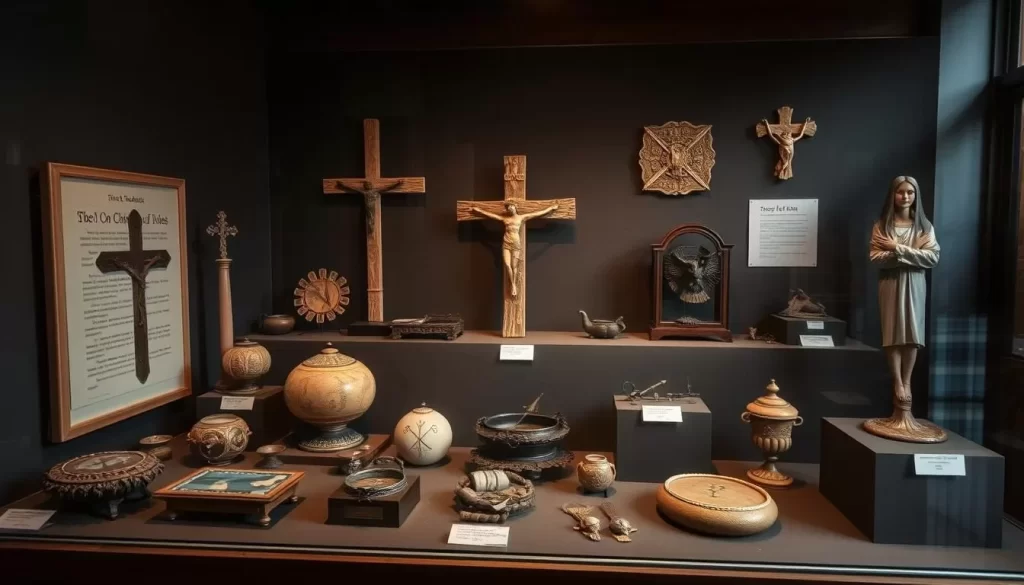
The “Hidden Christians” of Shimoshima Island developed ingenious ways to preserve their faith during centuries of persecution. Museums across the island display remarkable artifacts that tell the story of this resilience, showcasing items that cleverly disguised Christian symbols as Buddhist imagery.
You’ll discover unique religious items that appear Buddhist at first glance but reveal Christian symbols upon closer inspection. These artifacts not only highlight the creativity of the Hidden Christians but also provide a powerful window into a unique chapter of religious history.
Cultural Experiences and Local Delights
The island’s cultural landscape is dotted with unique experiences, from relaxing hot springs to savoring local cuisine. As you explore Shimoshima Island, you’ll have the opportunity to engage with the local culture in various meaningful ways.
Shimoda Onsen Hot Springs
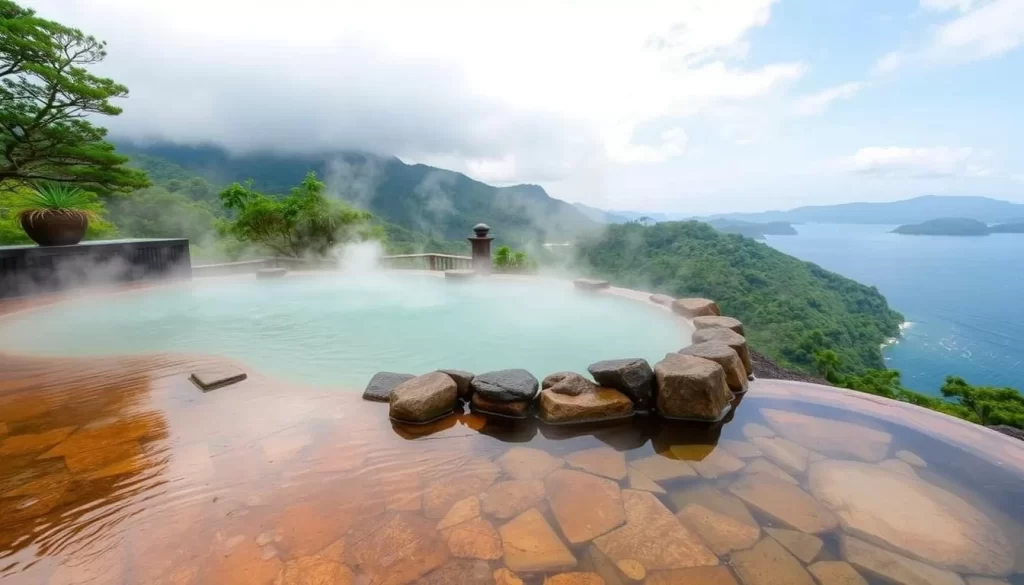
Shimoda Onsen Hot Springs offer a serene escape, surrounded by natural beauty. This onsen is perfect for relaxation, allowing you to rejuvenate amidst the island’s picturesque landscapes.
Local Cuisine and Seafood
Shimoshima Island is renowned for its fresh seafood and local cuisine, which showcases the island’s rich culinary heritage. You can savor a variety of dishes made with locally sourced ingredients, including fresh fish, meat, and produce. The island’s cuisine is a reflection of its cultural diversity, with influences from various traditions.
Traditional Crafts and Souvenirs
The island is home to a thriving craft scene, with artisans continuing traditional techniques passed down through generations. You’ll find that local stores function as community hubs where farmers and craftspeople display and sell handmade items, from textiles and ceramics to woodwork and food products. One distinctive art form is Gyotaku (fish printing), which has evolved into a sophisticated artistic tradition practiced on the island today. Many craft village workshops are accessible by car or as part of organized ride tours, allowing you to watch artisans at work and learn about the cultural significance behind their creations.
Practical Travel Tips for Visiting Shimoshima Island
Before you embark on your journey to Shimoshima Island, here are some valuable insights to enhance your travel experience.
To reach Shimoshima Island conveniently, take a train toKumamoto Stationand then connect via bus or rental car to the bridges linking the mainland to the Amakusa islands. Renting acarfrom Kumamoto Station or on the island is advisable due to limited public transportation and the spread-out nature of historical sites.
You can also useferryservices that connect Shimoshima to smaller surrounding islands, offering a scenic alternative. However, schedules vary seasonally, so check the currentinformationbefore planning.
When exploring sites related toHidden Christiansand theShimabara Rebellion, consider hiring a guide to deepen your understanding of this complexhistoryandreligion.
Other tips include booking accommodations in advance, especially during peak seasons, and being prepared for variable weather. Fordolphinwatching, summer months are ideal, and localboatoperators can be a great resource. Respect local customs, particularly at religious sites, and be mindful of theleaderand the community’sservice.
The above is subject to change.
Check back often to TRAVEL.COM for the latest travel tips and deals.
